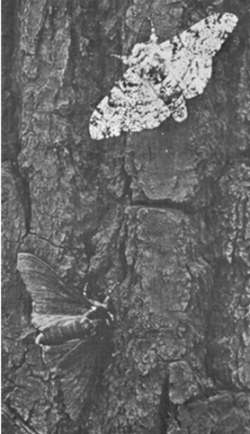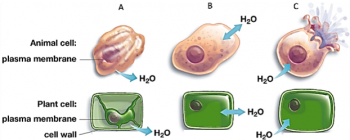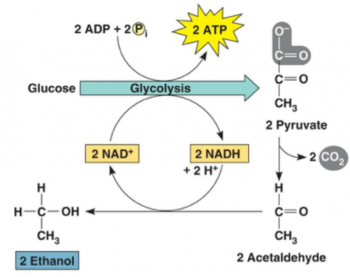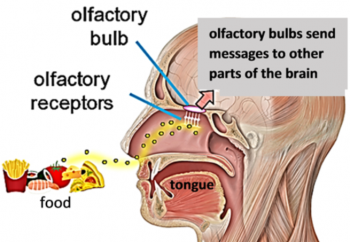 In this minds-on, hands-on activity, students develop their understanding of natural selection by analyzing specific examples and carrying out a simulation. The questions in the first section introduce students to the basic process of natural selection, including key concepts and vocabulary.
In this minds-on, hands-on activity, students develop their understanding of natural selection by analyzing specific examples and carrying out a simulation. The questions in the first section introduce students to the basic process of natural selection, including key concepts and vocabulary.
The second section includes a simulation activity, data analysis, and questions to deepen students' understanding of natural selection, including the conditions that are required for natural selection to occur.
In the third section, students interpret evidence concerning natural selection in the peppered moth and answer questions to consolidate a scientifically accurate understanding of the process of natural selection, including the role of changes in allele frequency.

Download Student Handout: PDF format or Word format
Download Teacher Preparation Notes: PDF format or Word format

 © Serendip® 1994 - All rights reserved. Privacy Policy
© Serendip® 1994 - All rights reserved. Privacy Policy
 In this hands-on, minds-on activity, students investigate the effects of hypotonic and hypertonic solutions on eggs that have had their shells removed. As students interpret their results, they develop a basic understanding of the process of osmosis. As they answer additional analysis and discussion questions, students learn about the effects of osmosis on animal and plant cells and apply their understanding of osmosis to the interpretation of several “real-world” phenomena.
In this hands-on, minds-on activity, students investigate the effects of hypotonic and hypertonic solutions on eggs that have had their shells removed. As students interpret their results, they develop a basic understanding of the process of osmosis. As they answer additional analysis and discussion questions, students learn about the effects of osmosis on animal and plant cells and apply their understanding of osmosis to the interpretation of several “real-world” phenomena. 


 In this minds-on, hands-on activity, students develop science practice skills by developing plans for a hands-on investigation, carrying out the investigation, analyzing the data, and interpreting the results.
In this minds-on, hands-on activity, students develop science practice skills by developing plans for a hands-on investigation, carrying out the investigation, analyzing the data, and interpreting the results.
 First, students analyze a hypothetical example of exponential growth in the number of infected individuals.
First, students analyze a hypothetical example of exponential growth in the number of infected individuals. In this minds-on, hands-on activity, students develop their understanding of natural selection by analyzing specific examples and carrying out a simulation. The questions in the first section introduce students to the basic process of natural selection, including key concepts and vocabulary.
In this minds-on, hands-on activity, students develop their understanding of natural selection by analyzing specific examples and carrying out a simulation. The questions in the first section introduce students to the basic process of natural selection, including key concepts and vocabulary.
